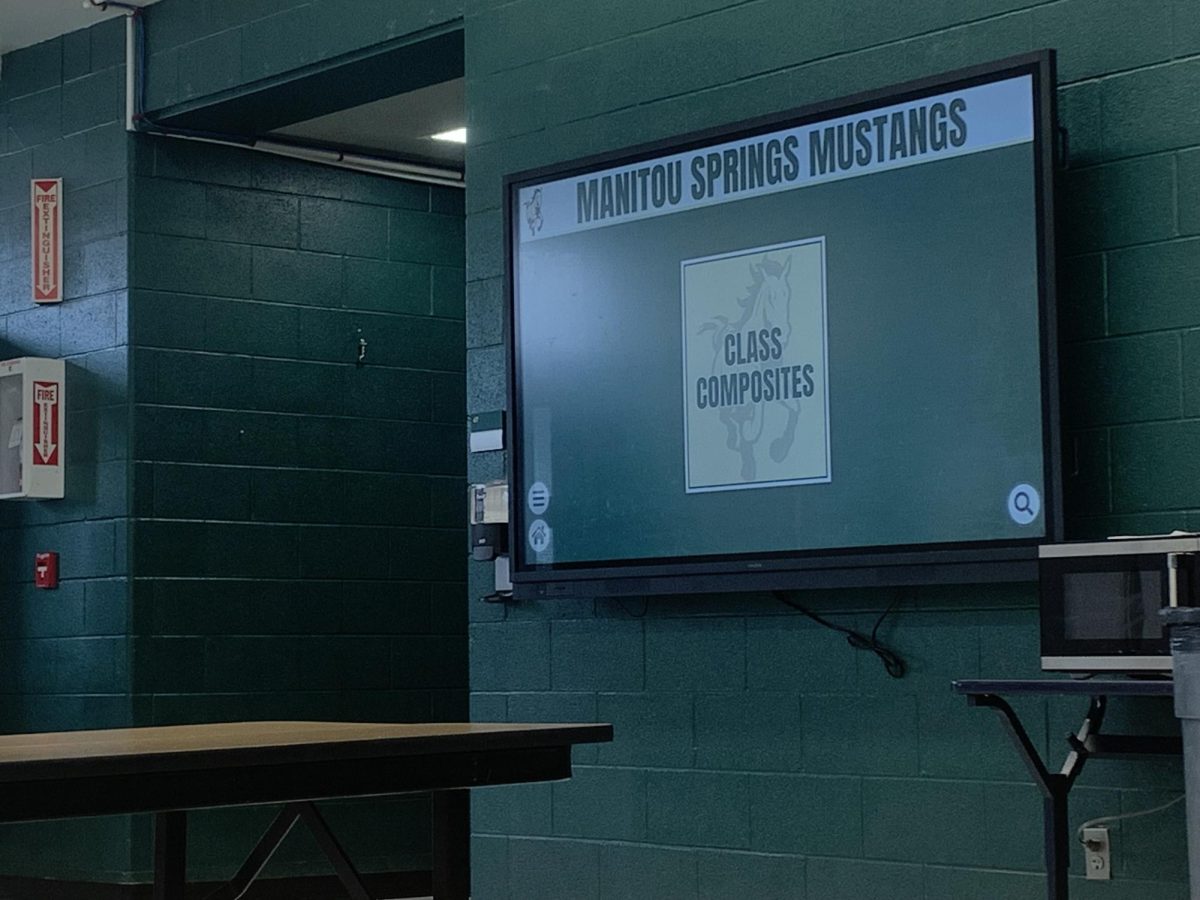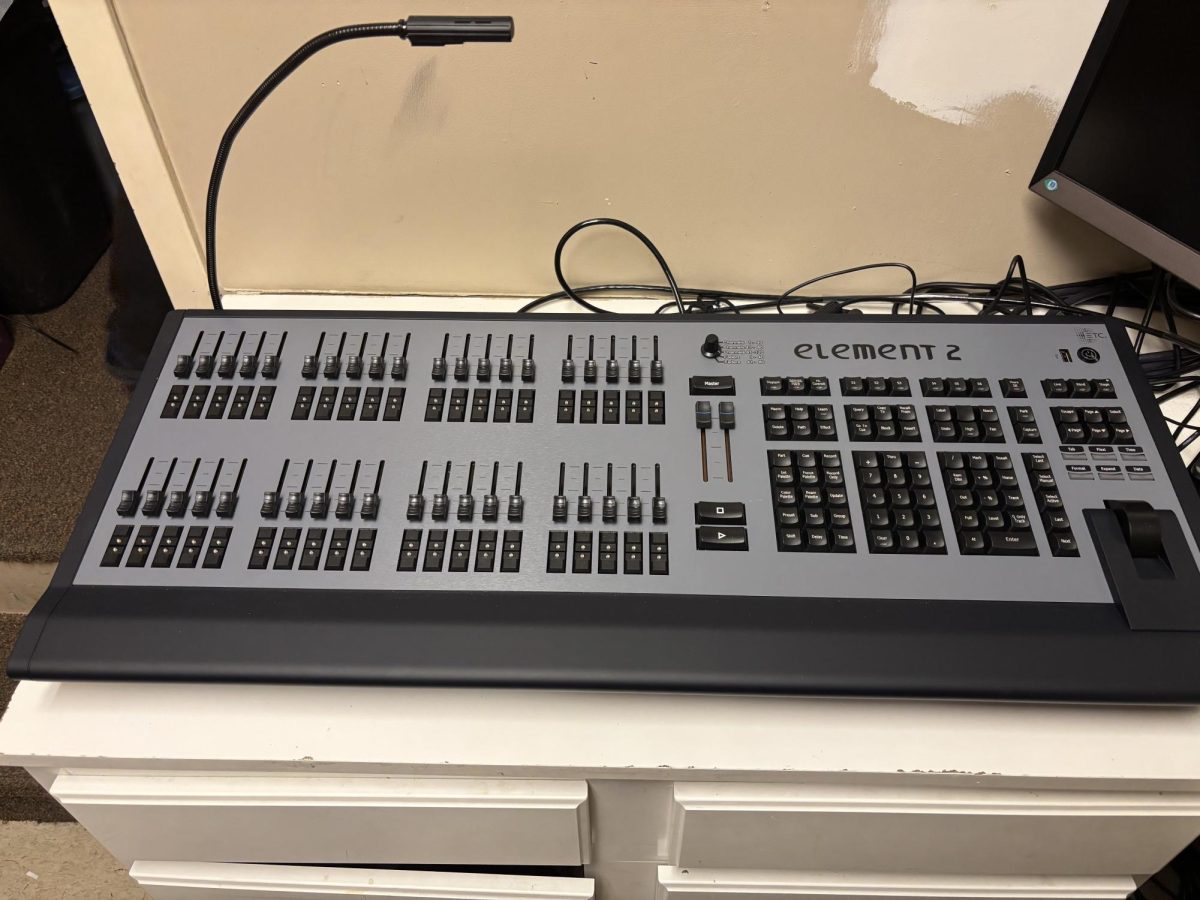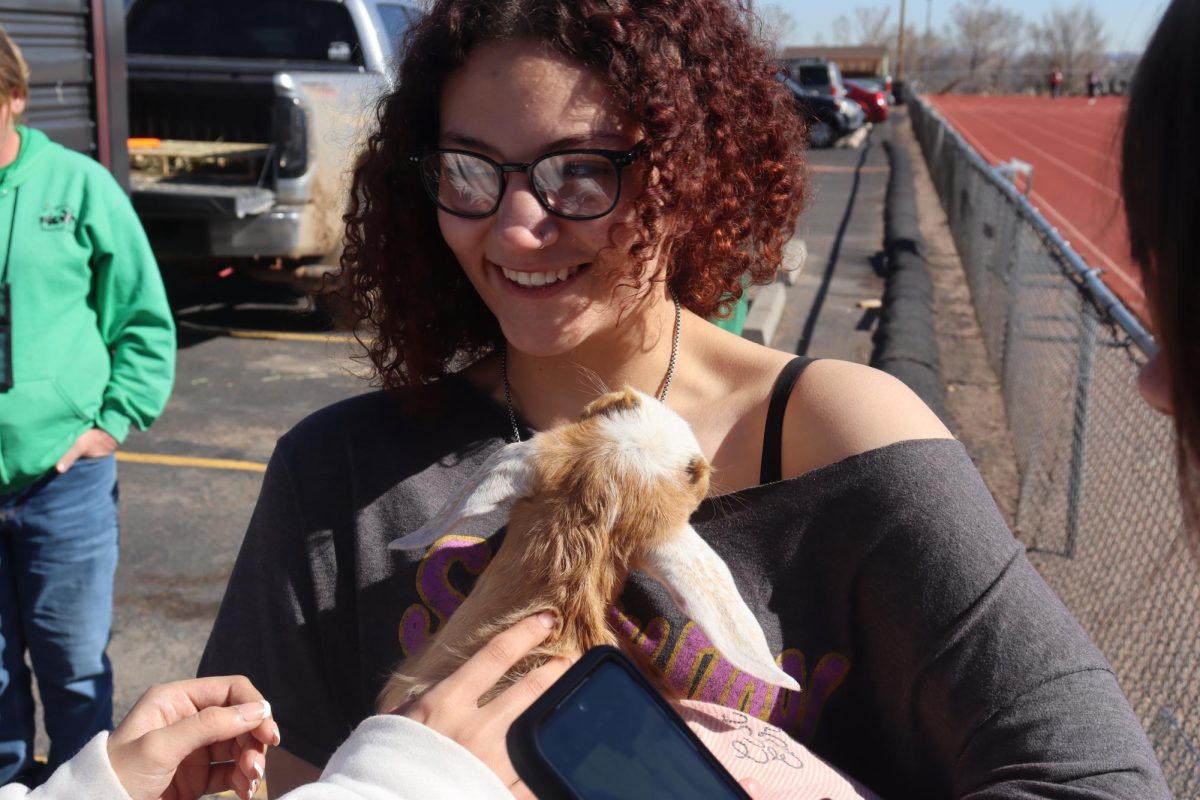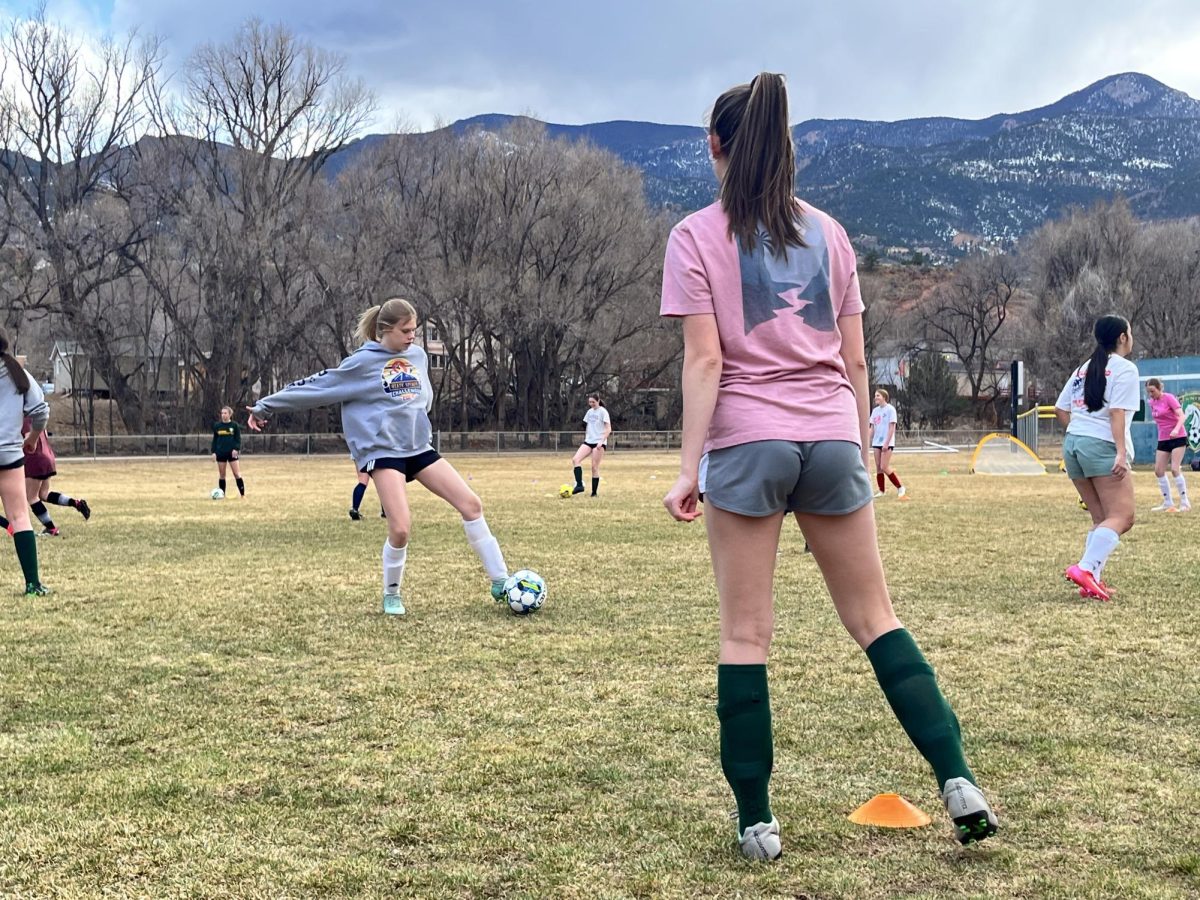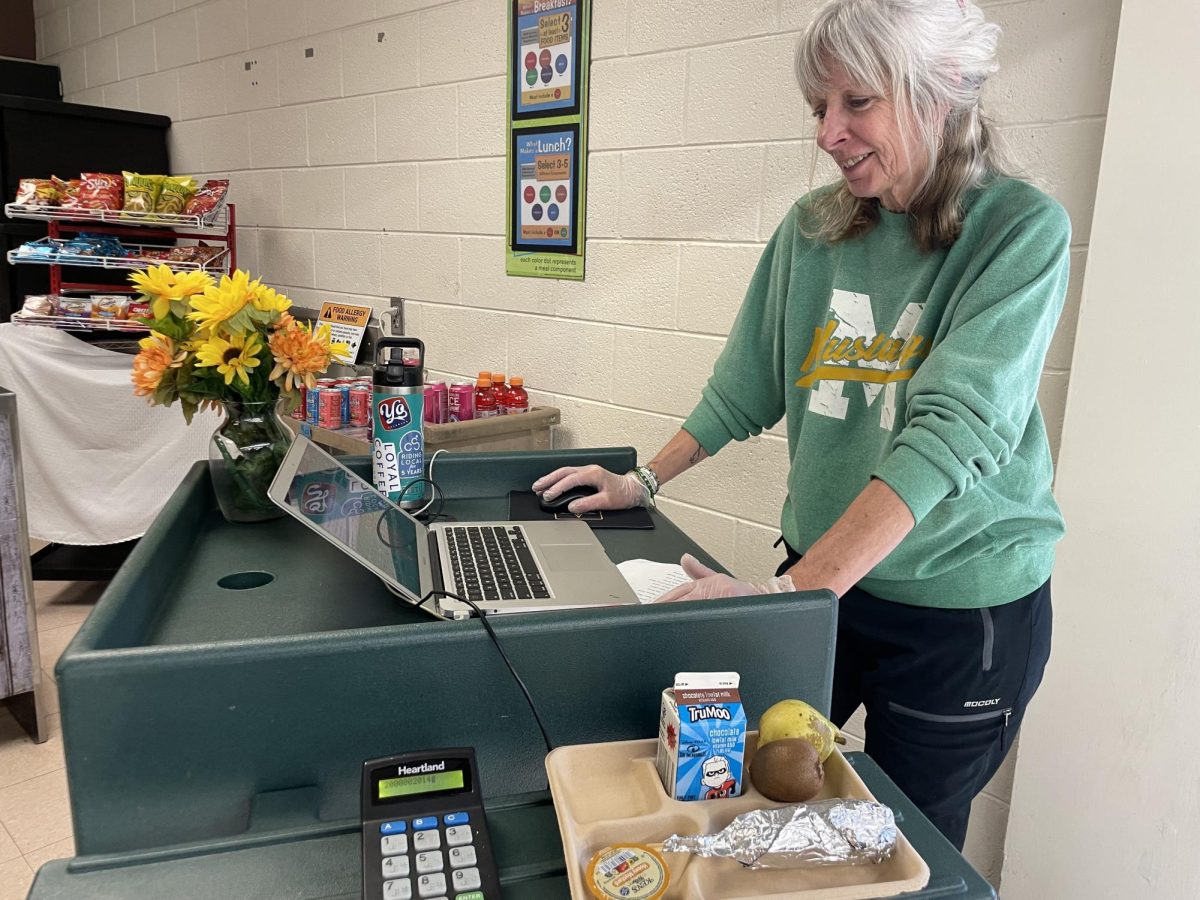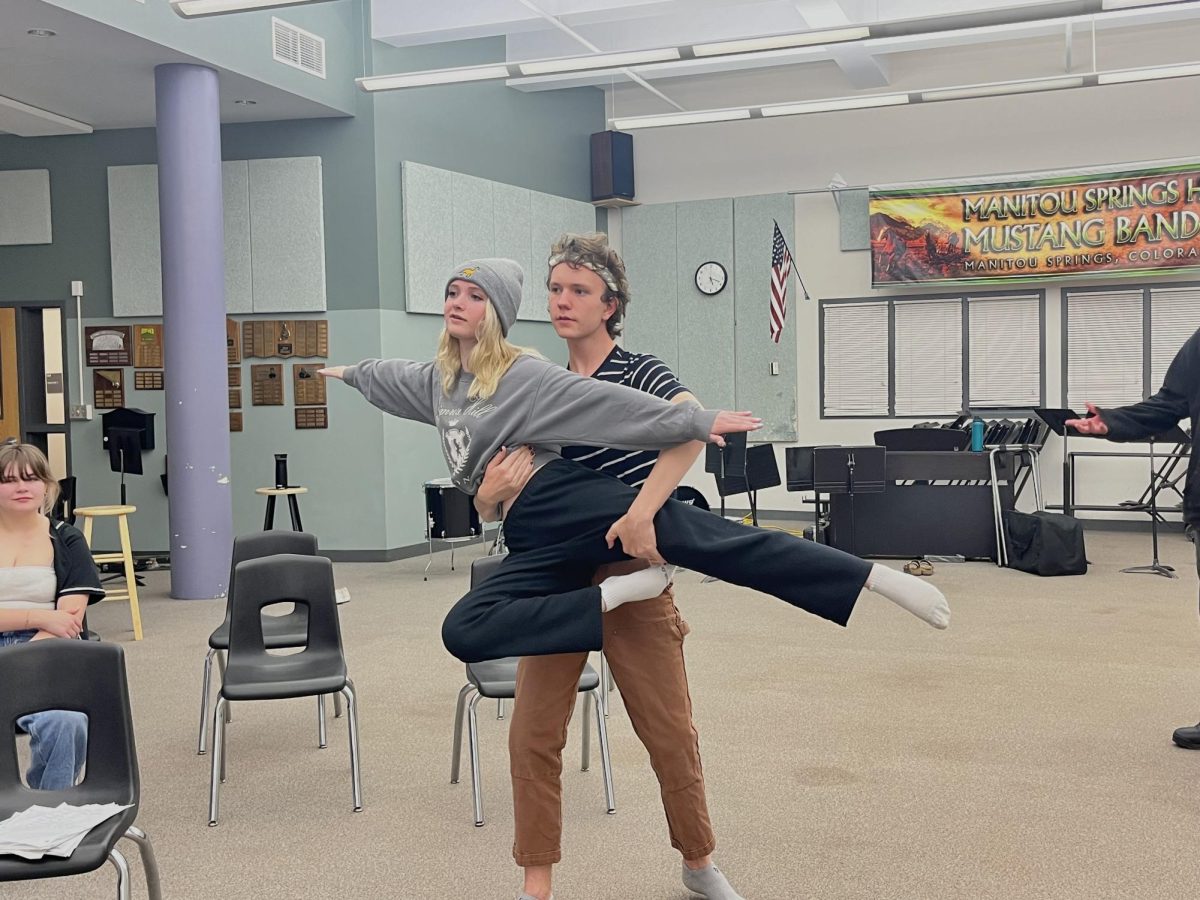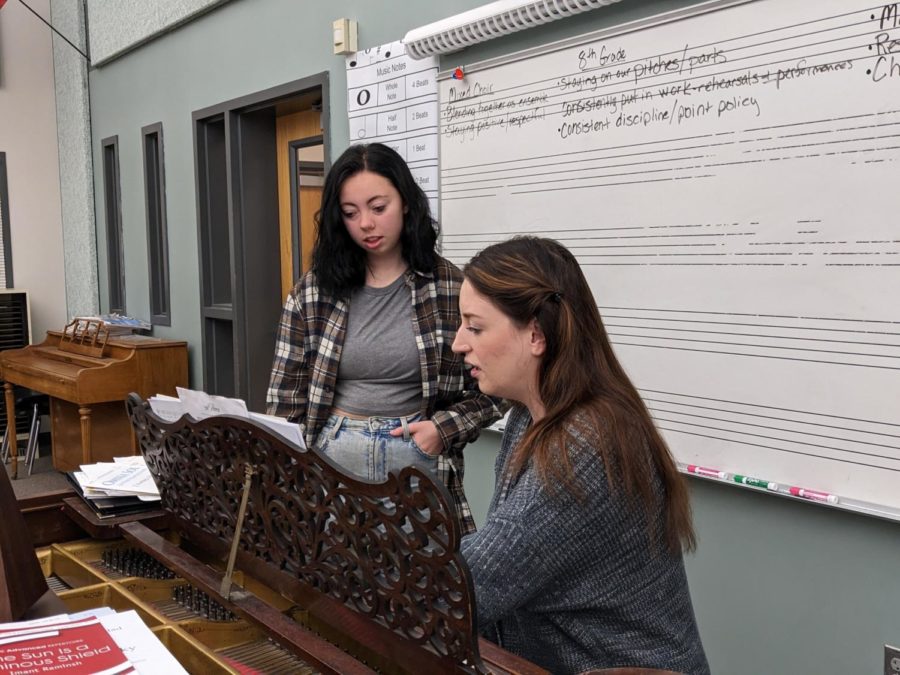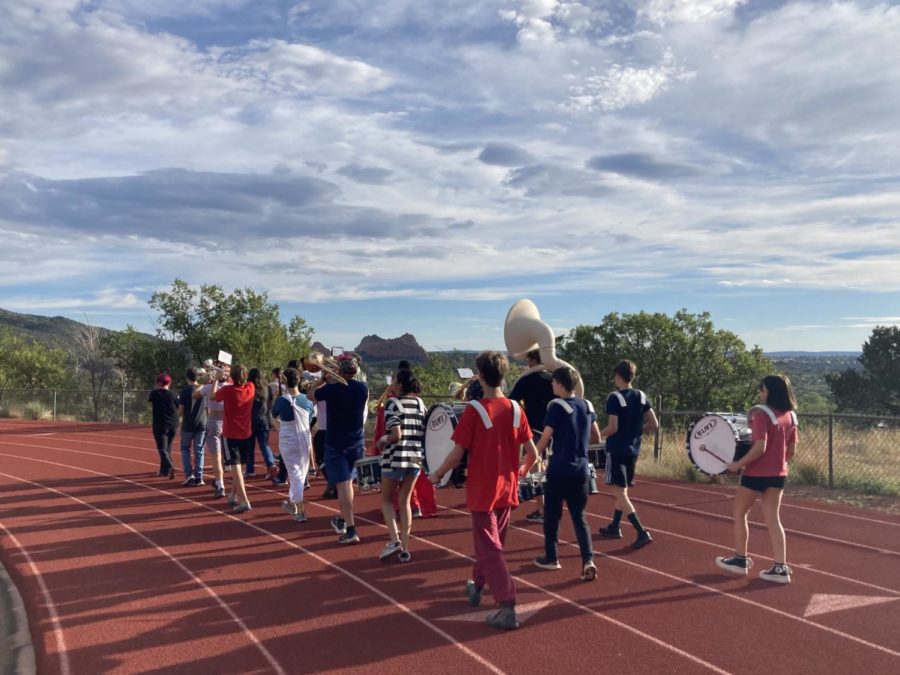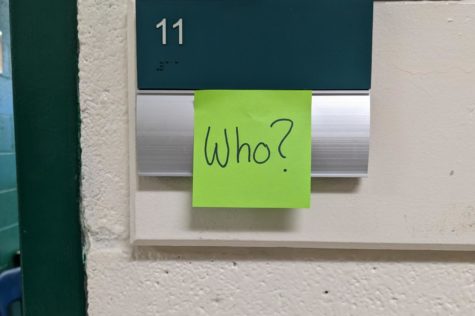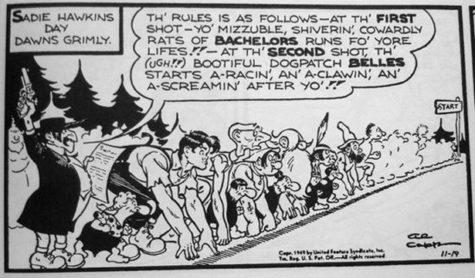Snow day or no? The decision-making process behind District 14 snow days
January 30, 2015
We all know the feeling; the alarm clock jolts us awake, and before we can process anything else, we wonder if the school has graced us with what most of us would consider the greatest gift they could give – a snow day. However, there is much more behind these blissful extravagancies than most of us think.
“We do it all based on student safety,” says assistant superintendent Tim Miller, “That’s our primary concern.”
The decision of whether or not the school calls a snow day begins up to a week before the actual day when the snow and ice might impair our abilities to make it up the big hill in front of the high school. To predict the amount of snow and ice (if any at all), the school administrators use the National Weather Service forecast.
Unfortunately, this isn’t a simple check to see how cold it is, or if Manitou Springs will be getting a robust amount of snow. According to the district’s website, there are over 600 “choice” students enrolled the schools, meaning that they do not live in the region that Manitou Springs District 14 officially serves. As a result, the decision must be made based on the weather/road conditions of Manitou Springs, Green Mountain falls, Woodland Park, and Colorado Springs. Additionally, to ensure that the weather conditions won’t plummet and force children into being sent home early, the district also monitors the NWS radars in both Pueblo and Denver/Boulder to monitor the size and direction of storms.
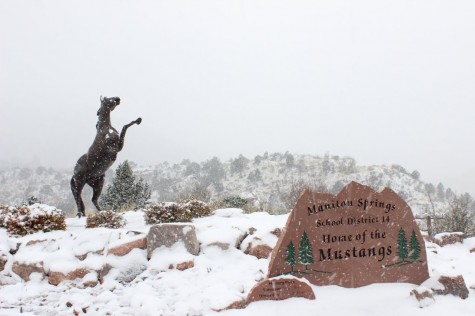
In the event that inclement weather threatens students’ safety on their way to or from school, the district takes what some might call “extraordinary measures” to decide if a cancelation, delay, or anything at all should be called. This adds up to quite an early morning for Ed Longfield, the superintendent, and Tim Miller. The director of transportation, John Harden, and Daniel Geick, the director of buildings and grounds also start their day at an unsettling hour of the morning. Starting at 4:30 AM, these individuals drive throughout the school district to analyze the condition of the roads. These roads could be essential for buses, staff, parents, and inexperienced student drivers to make it to the schools. They also check local TV stations for their forecasts and live reports.
Finally, the decisions of other school districts are considered to assess the conditions in the other districts that students might be travelling from. While they look at most of the districts in Southern Colorado, the administrators are influenced heavily by the condition reports of Woodland Park, Cheyenne Mountain, and District 11, as these are the “home” districts of many of the students who choose to attend MSSD14 schools.
If a snow day or delay is decided on, the news is sent out to parents, TV stations, and radio stations using the Flash Alert system. Parents can also be notified through automated phone calls or online at www.mssd14.org. This decision, however, is not made lightly. In order to be counted as an academic year, students must attend school for at least 160 days. This year (2014-2015), the district has scheduled for 170 days. So, we have a maximum of 10 days allotted for school cancellation without having to make up any days. In the event that we do have less than 160 days, the school year must be extended into the summer to bring the count back up to 160 days.
More information on the inclement weather procedures for MSSD14 can be found at www.mssd14.org.

